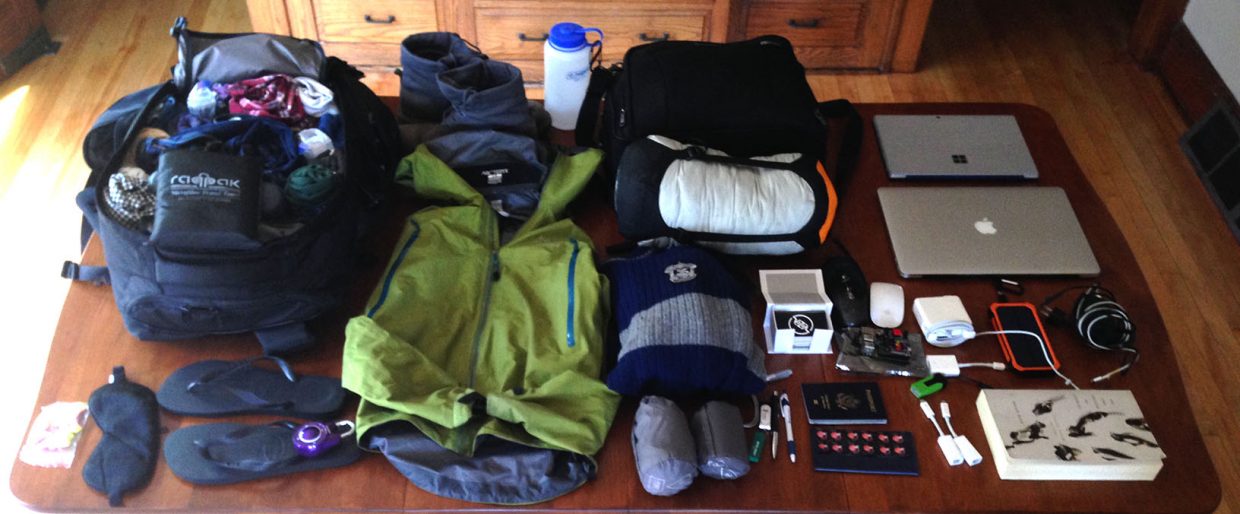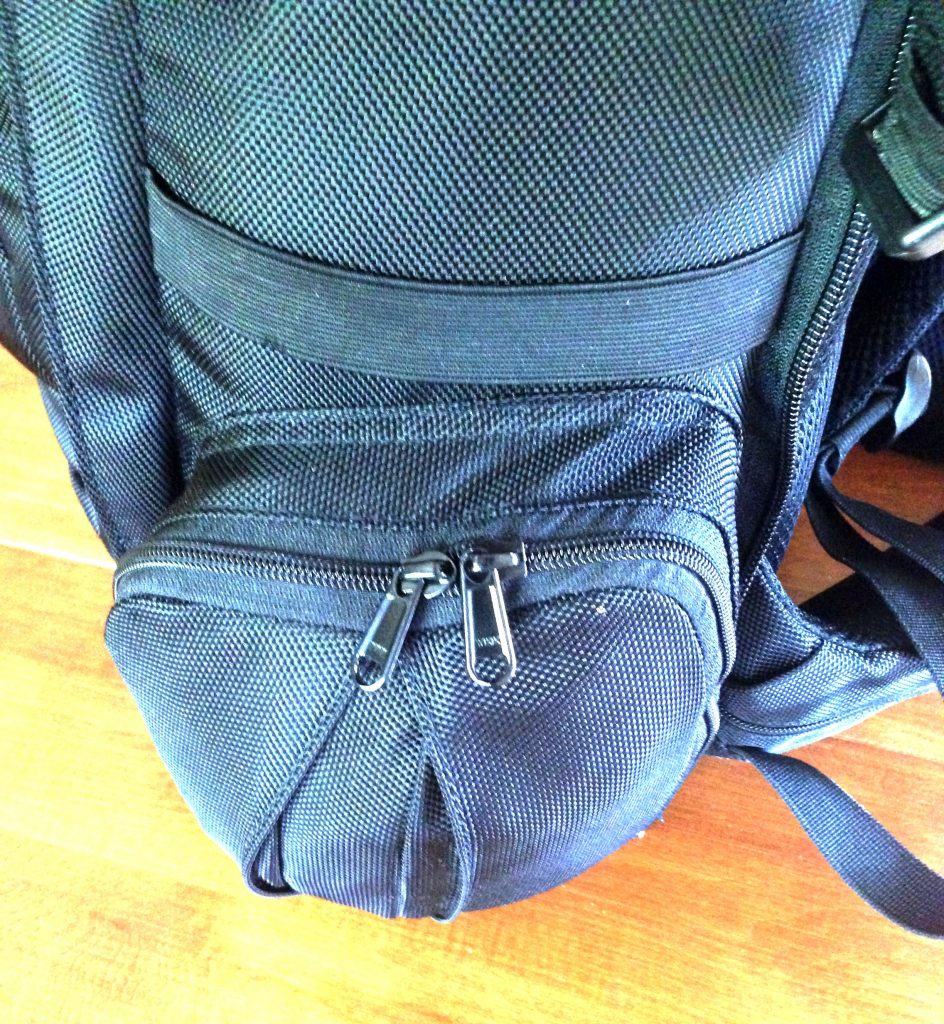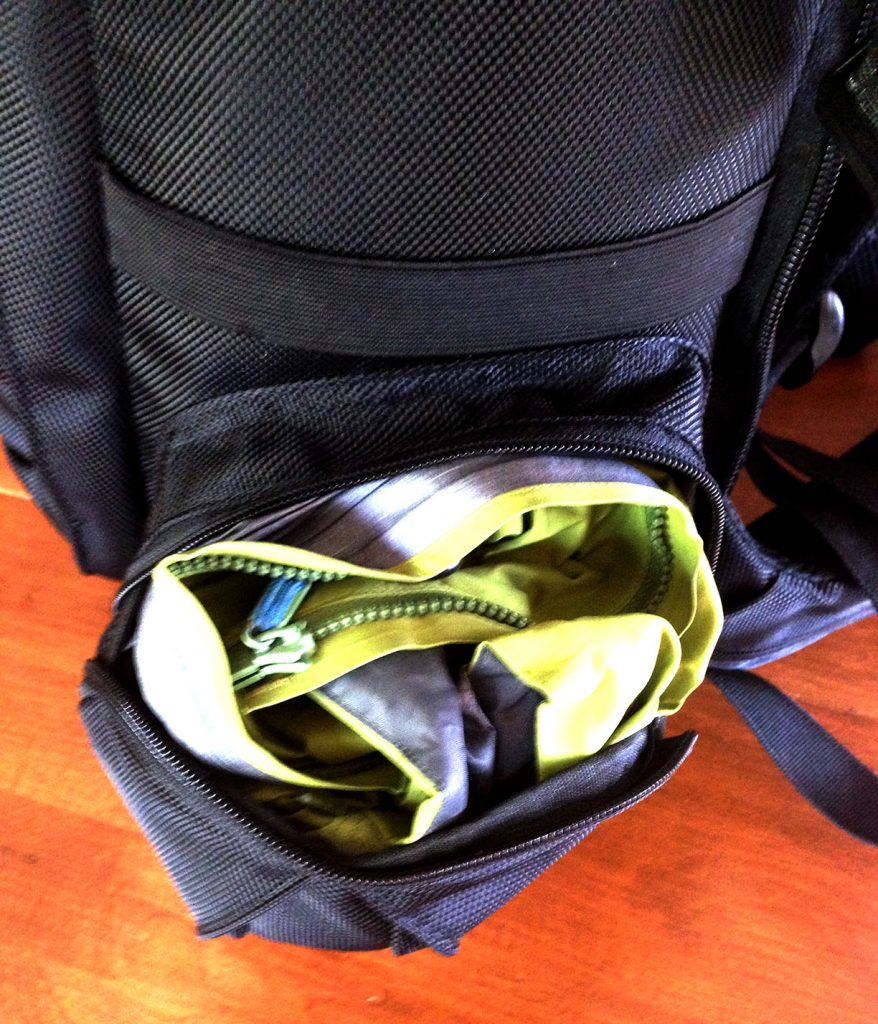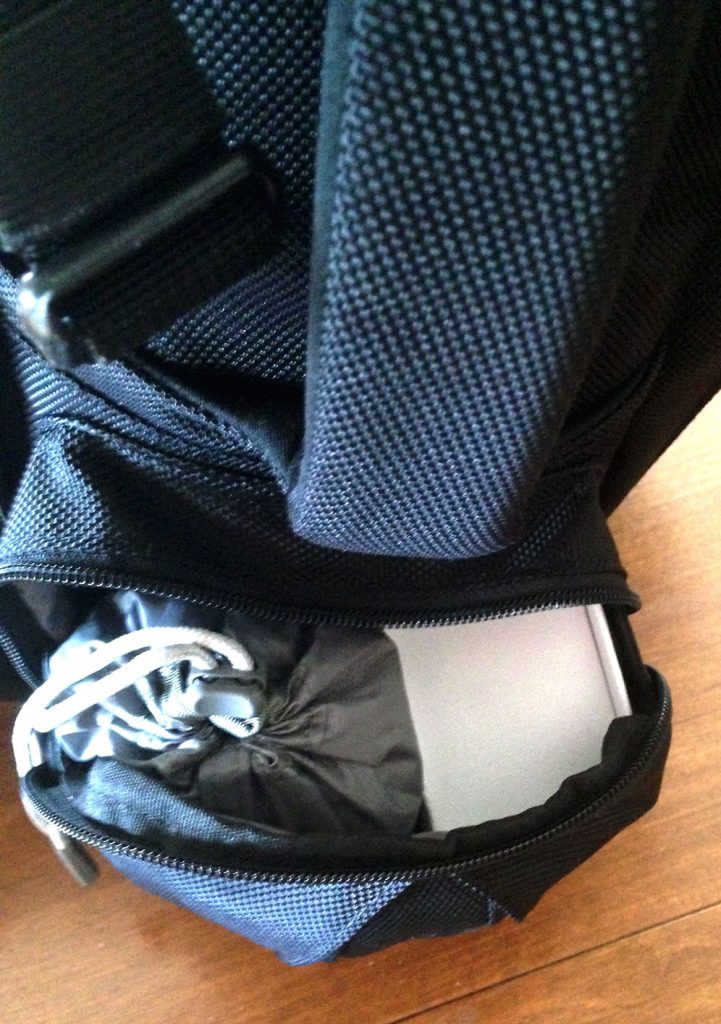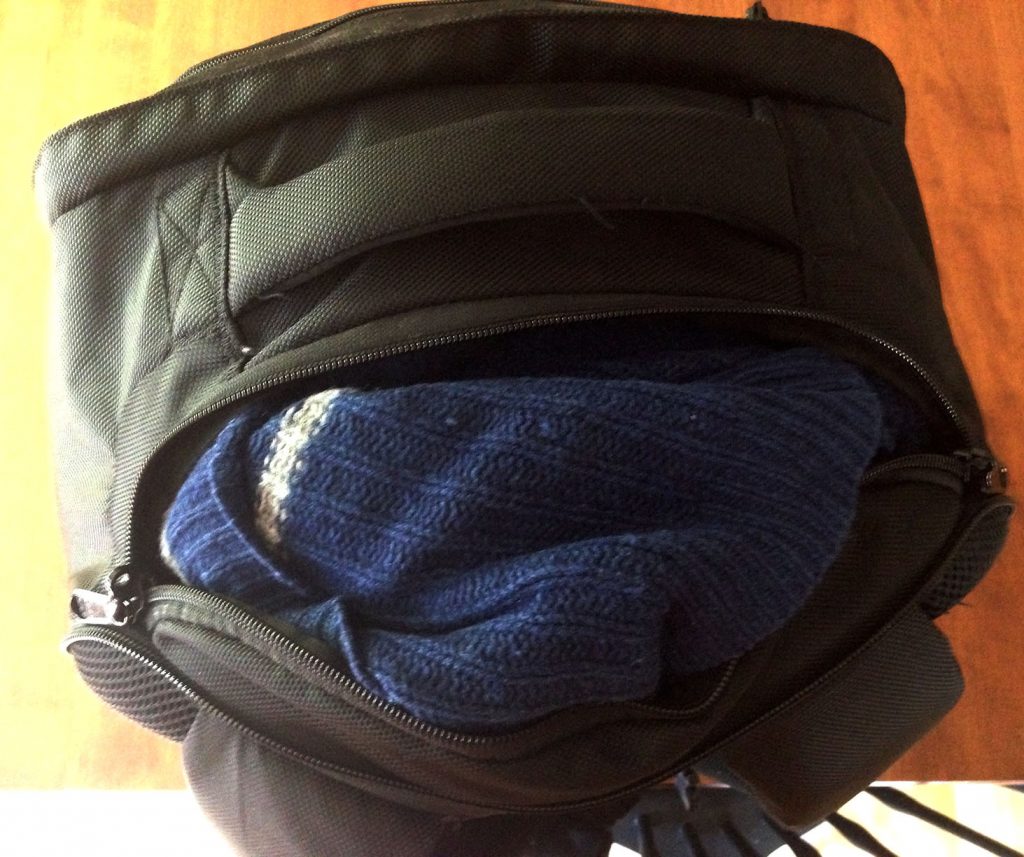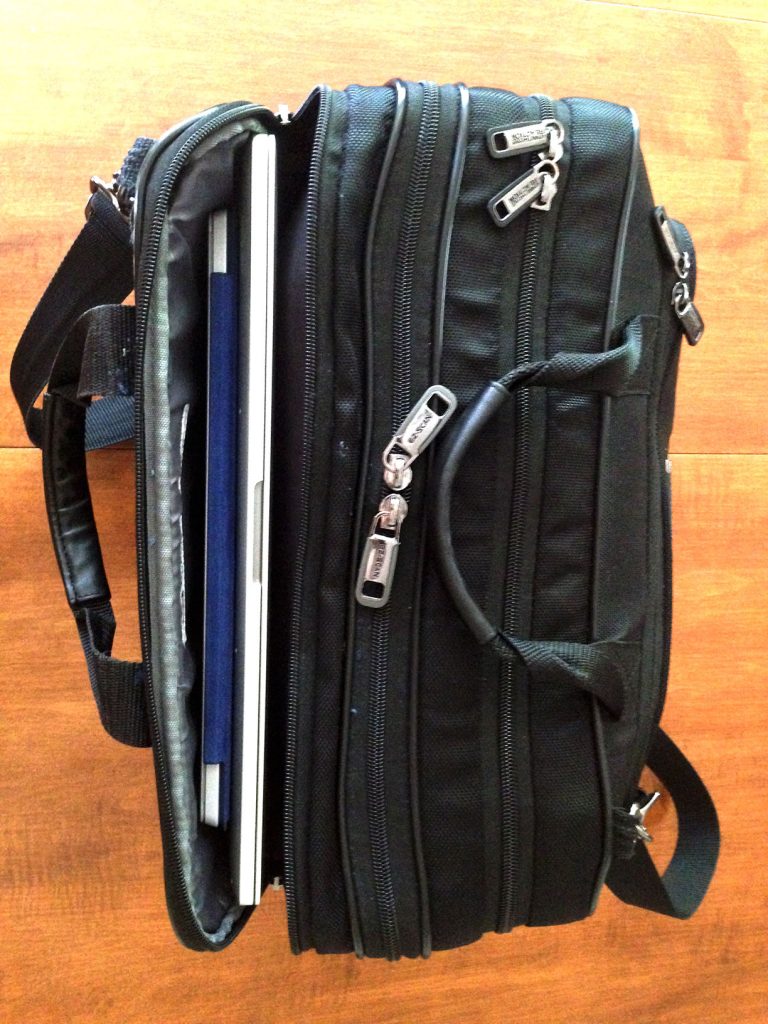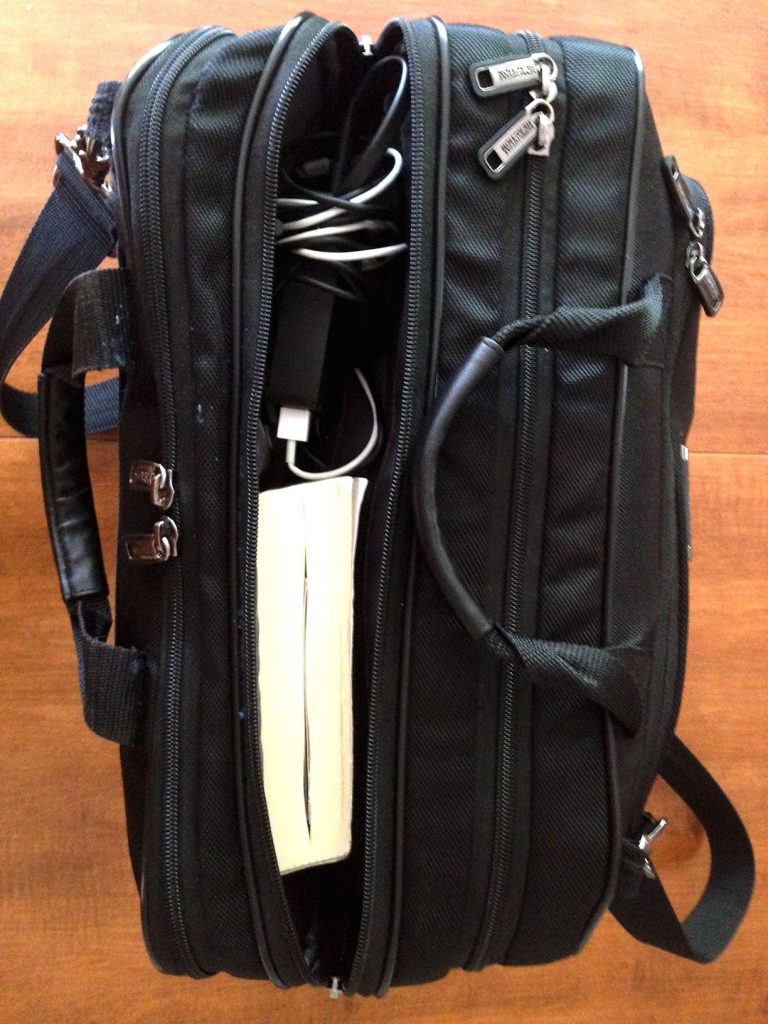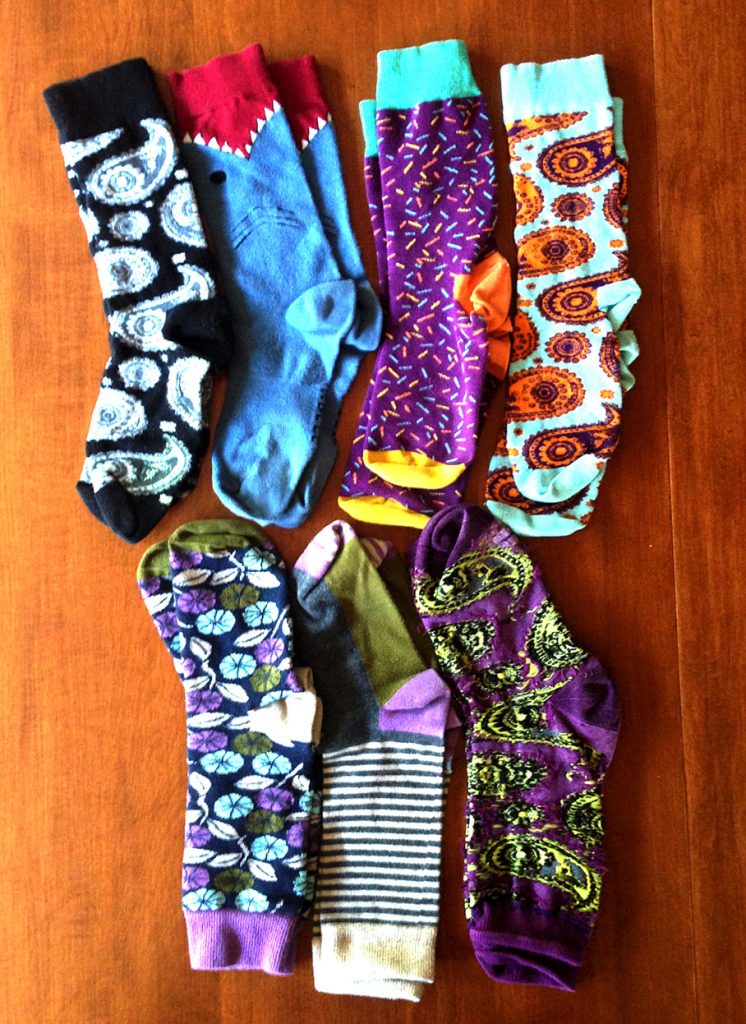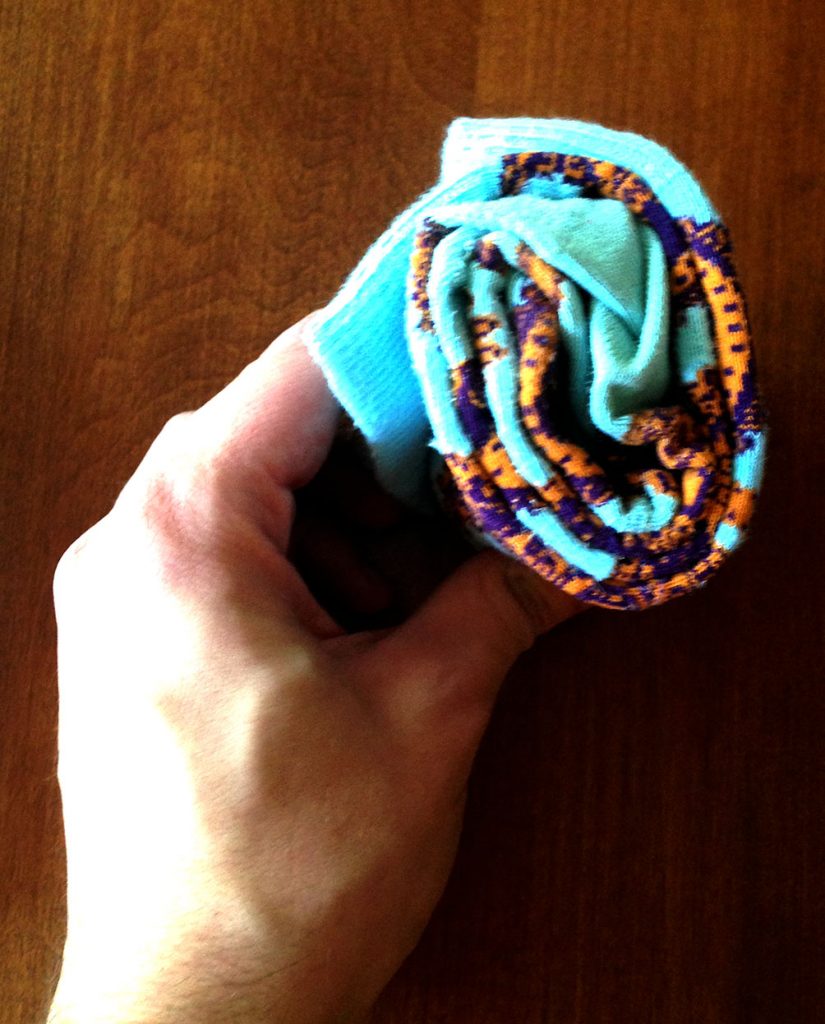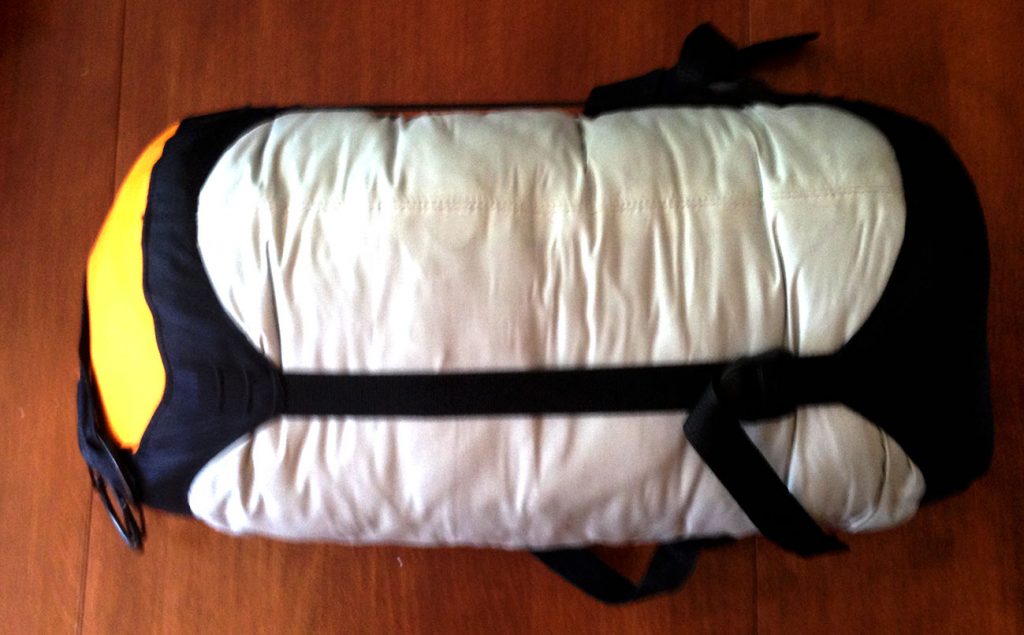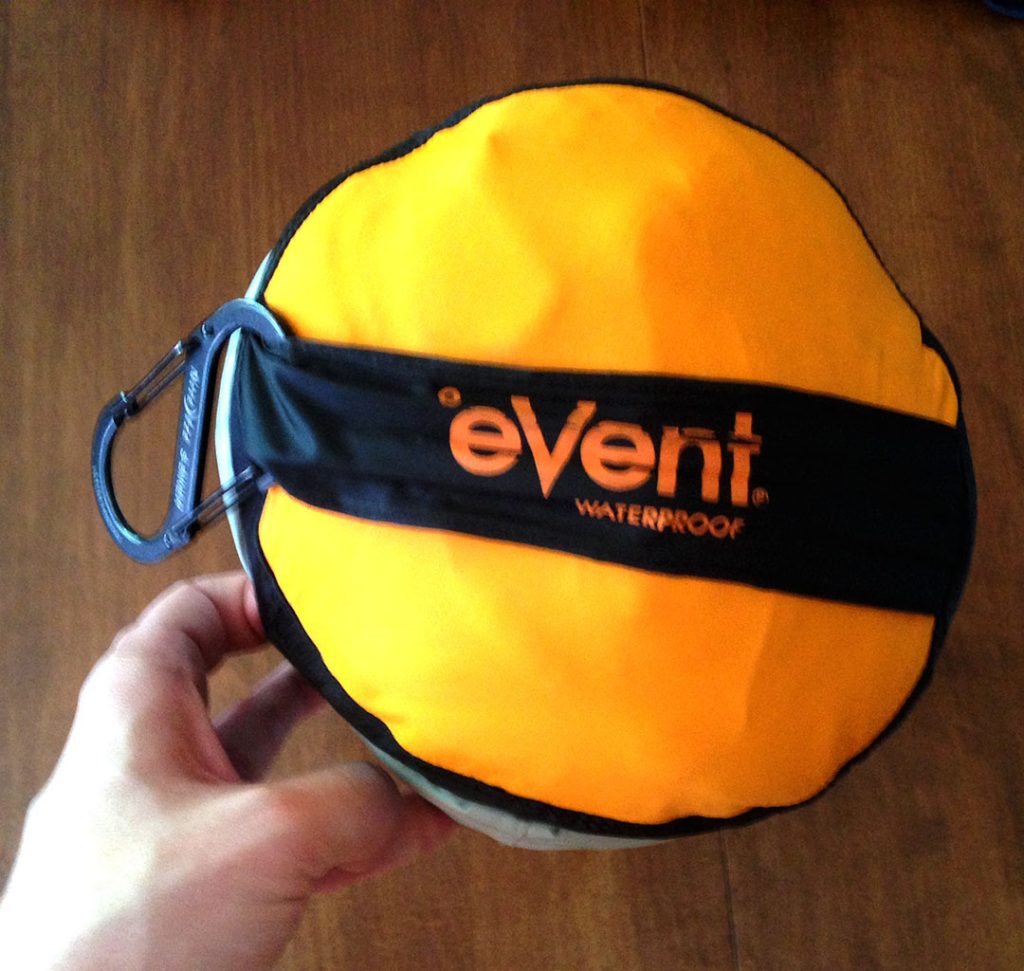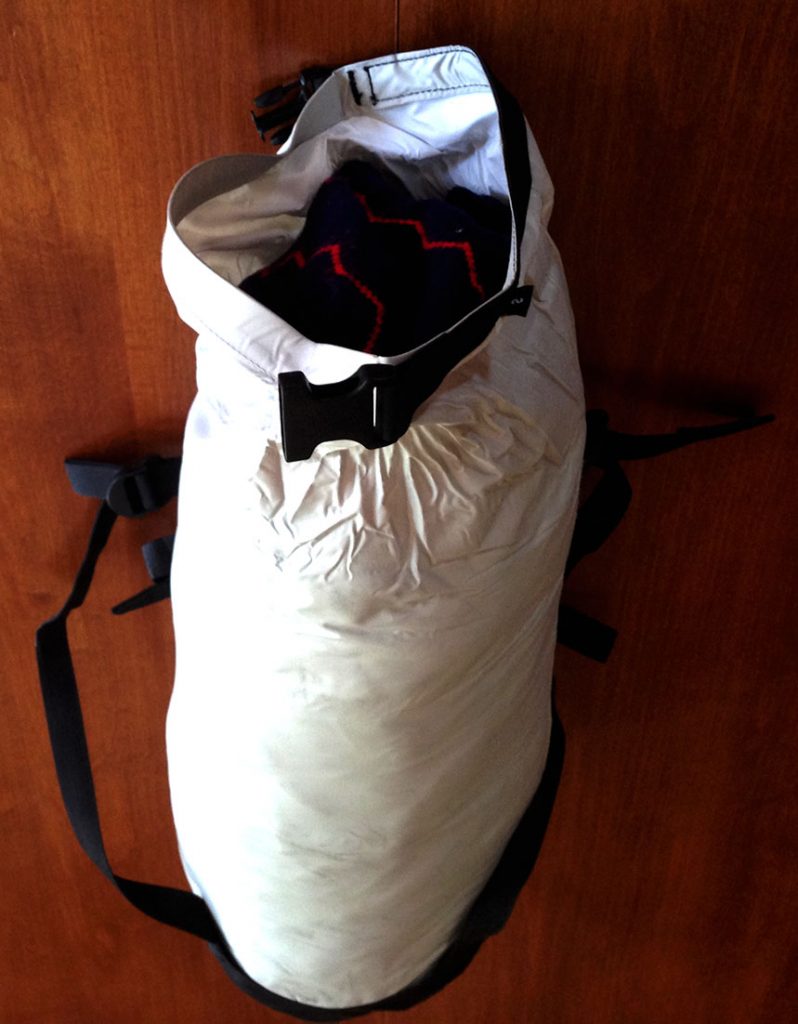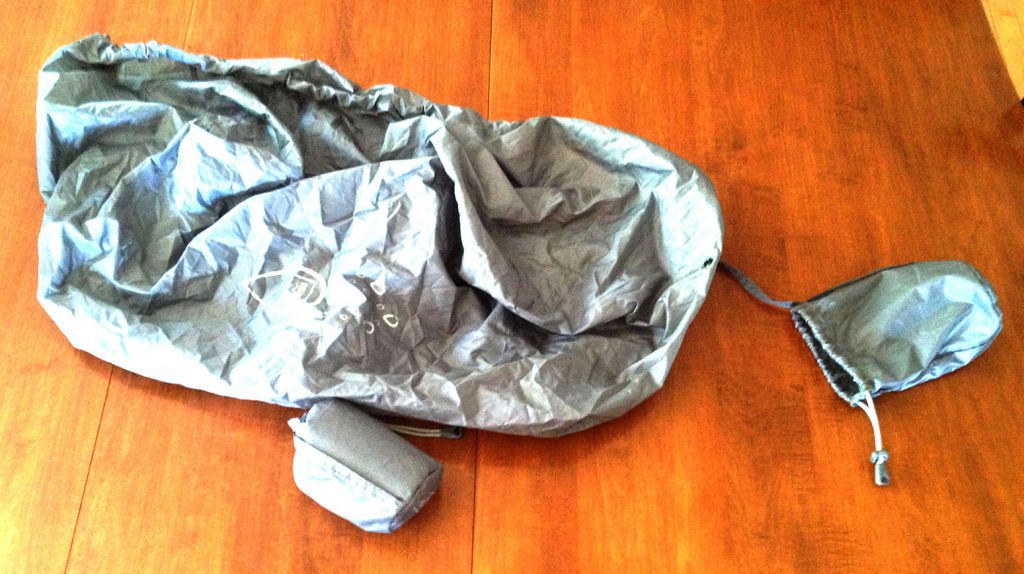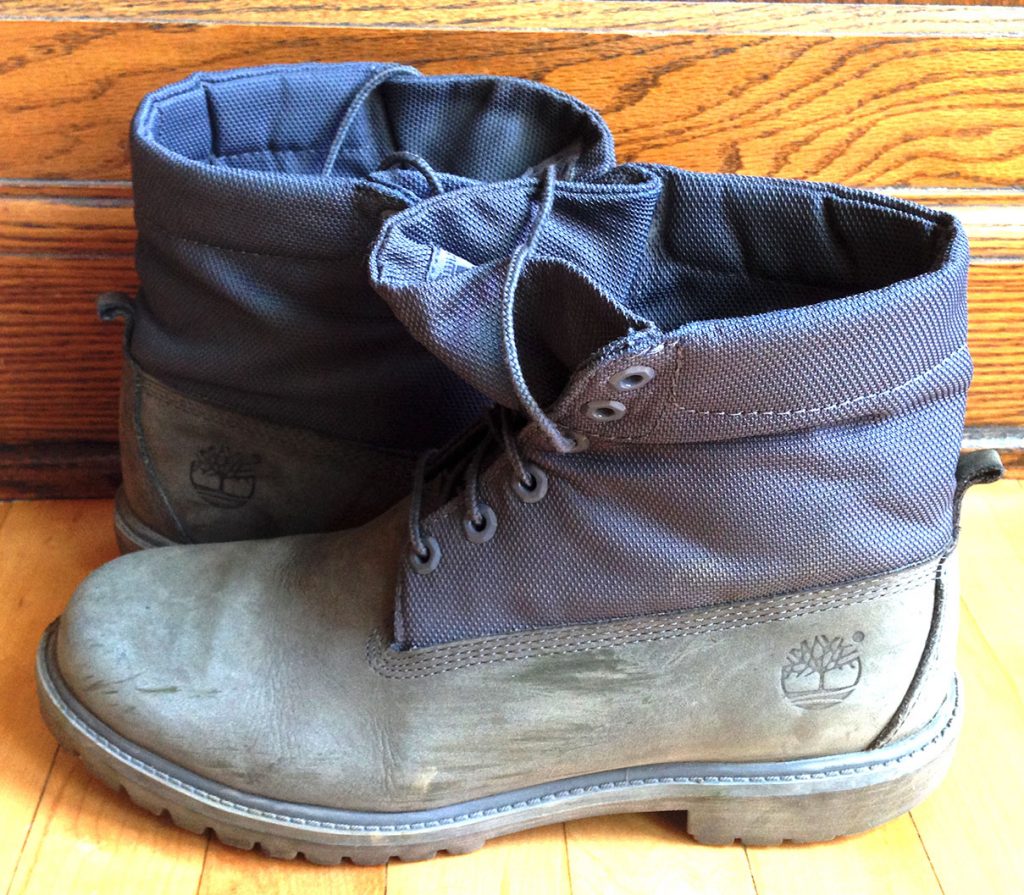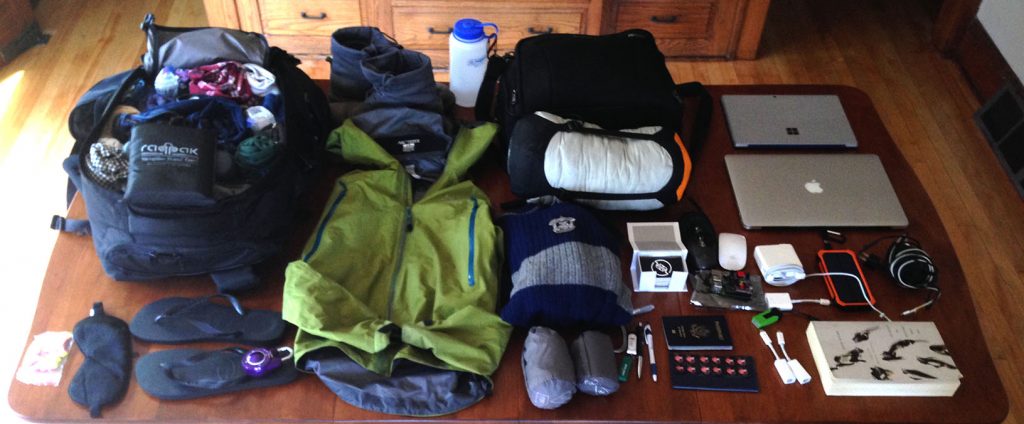Living: airbnb in Riverwest, Milwaukee, WI
Working: Hudson Lounge + Café, Historic Third Ward, Milwaukee, WI
Laundary: basement of airbnb
This week in laundry I oblige the cliché of blogging about my travel gear.
There comes a time in every digital nomad’s blogging career where he or she expounds upon the limited resources deemed worthy for the nomad’s journey.
In fact, the self-indulgent act is so cliché, I find it hard to imagine that I might add much value to the diluted conversation. Case in point, there’s this post, or this one. Or this one.
And yet, I’ve found my particular set of circumstances unrepresented out in there in the digital world.
It seems on this ninth post in my journey of laundry, the unavoidable has caught up with me. My time has come, and here you have it: my life in things.
One of my goals in my travels is to fly entirely carry-on. This has less to do with money savings, and more to do with convenience. For a long time, I was flying on a weekly basis. The risk of lost luggage on any one of those flights could spell disaster for my fast pace of travel. Flying carry-on greatly reduces that risk – it’s one less thing to worry about.
Reducing my travel footprint to carry-on also enables me to carry my things about the city. It’s much easier to take public transportation, rather than rely on uber or taxi.
Due to the nature of my work, I visit my clients quite often. And because I might manage other teammates, depending on the project, I also need to be online and available during their working hours. This generally limits my ability to travel to US bound time zones.
Also, because some of my clients are in cold weather climates, I oscillate dramatically between cold and warm weather. One week I might be in weather with 10-degree temperatures and heavy snow. The next week I may be on the beach in 70-degree weather.
Most nomads and travel backpackers don’t transition between climates so dramatically – so I didn’t find a whole lot of advice on how to pack for both shorts & rain weather as well as heavy winter coat weather at the same time.
Finally, because I often work in the weird niche between electrical engineering and software development – I work on software that goes on circuit boards – I need to carry around that equipment with me. I need power supplies, multimeters, video generators, video decoders, ethernet cables, all sorts of cables actually. And it all needs to fly carry-on. Plus any laptops (I use two) and their power supplies that the typical nomad might have.
I’ve developed a system and equipment set that I believe address these issues fairly well. Over the past five months, they’ve done a pretty good job of enabling my adventure, while still addressing the needs of my clients.
As you might expect with carry-on, I use two bags: one for the overhead, and one for the seat in front of me.
For my overhead bag, I use a Tortuga. This carries my clothing, toiletries, and more or less everything I need to live.
The Tortuga was designed by a couple of European backpackers who wanted a better backpack experience than what was available. They designed it to address the restrictions of European carry-on limitations, the awkwardness of hostel dormitories, the need to fit into dormitory lockers, and the fact that on some days you may be carrying the bag on your back through a city for hours on end.
The bag unzips like a suitcase – so there’s no need to completely dump the contents in order to fetch the last pair of clean socks out of the bottom.
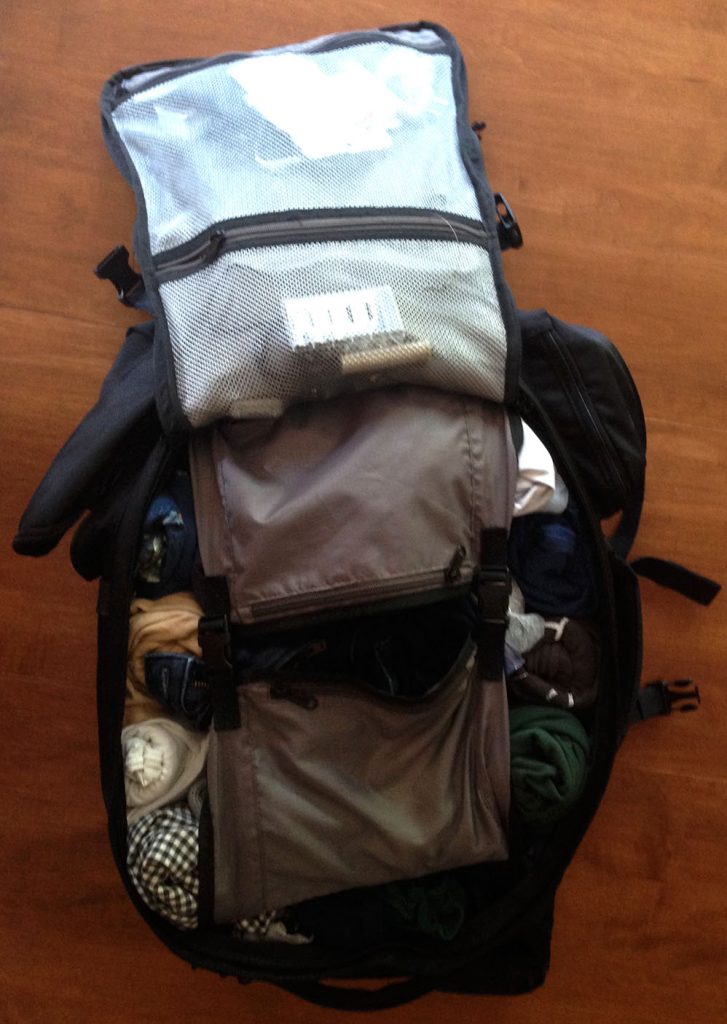
Unzipped Tortuga backpack with clipped retaining pouches in place (I keep my laundromat coins in one of those pockets!)
In addition to the main cavity, there’s a large front pocket – this is where I keep my shower flip-flops, micro-towel, and combo lock. On travel days, I will also stuff my toiletries here so that I can easily fetch them out while going through security.
The bag also sports two side pockets that double as water bottle holsters. I have used a pocket to hold my Nalgene. However, when traveling, one pocket holds my pack rain cover and a box of business cards, and the other pocket holds my rain jacket.
Another great feature of this pack is the top zipper that gives you access to a rear compartment for laptop storage. Since I travel with two laptops, and need a hefty bag for my development equipment anyway, I don’t use this slot during travel. However, if I’m going to laundry, and I have a place where I can store my equipment bag, I’ll slip my surface pro into this pocket. It really is convenient.
On travel days, I’ll use this access zipper to stuff my sweater.
My other bag is a Kenneth Cole travel convenient laptop bag. It’s the largest laptop bag I can find. It just barely fits into the space in the seat in front of me. Sometimes I need to remove my book from the bag.
In fact, there are some flights with in-seat entertainment systems where the power supply takes up so much space under the seat in front of me, that the bag will not fit. This is an issue only on the isle seats. I try to book bulkhead seats now, so that I’m forced to put the bag in the overhead space. But in the event that I end up on one of these newer aircraft in a non-bulkhead isle seat, I have no choice but to negotiate a seat change with a fellow traveller.
The laptop bag comes TSA checkpoint ready, with a separate compartment for your laptop, so you can simply zip it away while going through the x-ray. I don’t use this feature however because I travel with two laptops. Both share the laptop compartment, negating the effect. I also use the checkpoint zip-away divider as storage, where my laptop power supplies, and my current book of choice reside.
Circuit boards and test equipment occupy the third space (not pictured here, because they are proprietary to one of my clients). The fourth compartment holds office supplies, small accessories, and dongles. I also keep a solar chargeable backup battery here. That battery’s come in handy more than once, and especially in a dorm bunk when an outlet can’t be found.
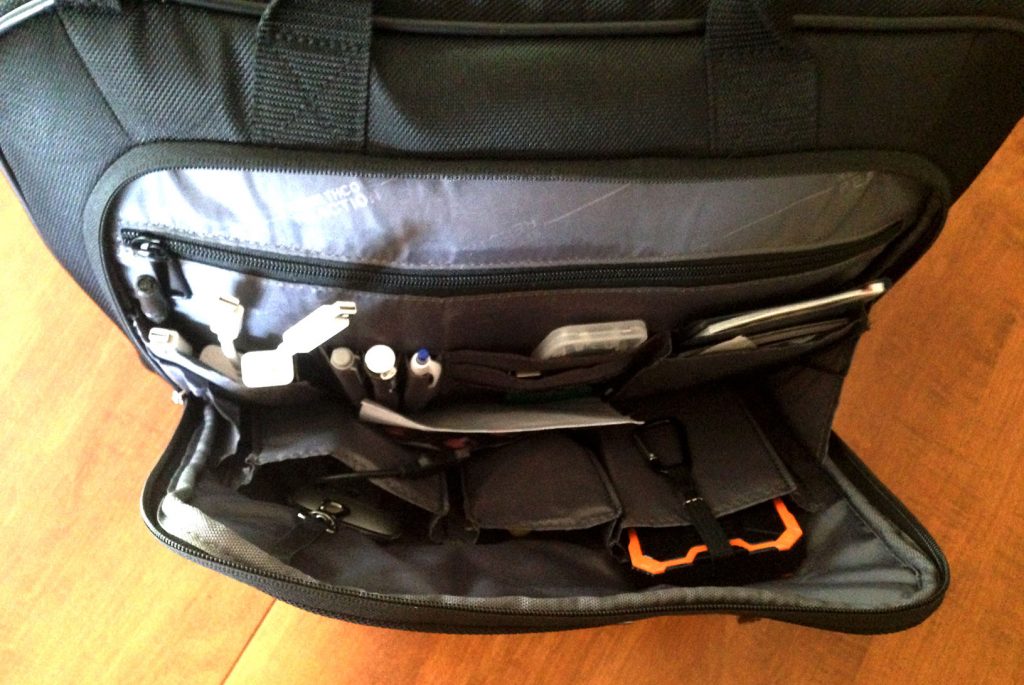
Accessories, mice, passport, checkbook, and a solar charging backup battery live in the front of the bag
As it comes to clothing, I only carry eight sets. That’s enough to wear one set, while washing the reaming seven for the next week. I also pack a set of pajama pants, a set of swim trunks, a wool sweater and a pair of wool long underwear bottoms and top, and an extra pair of wool socks.
For pants, I rely on jeans. One pair I’m wearing; the other pair is free to wash. If I’m ever in a situation where I need shorts, I use the swim trunks.
Also, because I spend time in coed shared dorms, I prefer pajama pants to sleeping in my underwear, even though they take up space in my pack. If I’m in a warm climate without air conditioning in the evening, I’ll use the swim trunks (once dried) as a substitute.
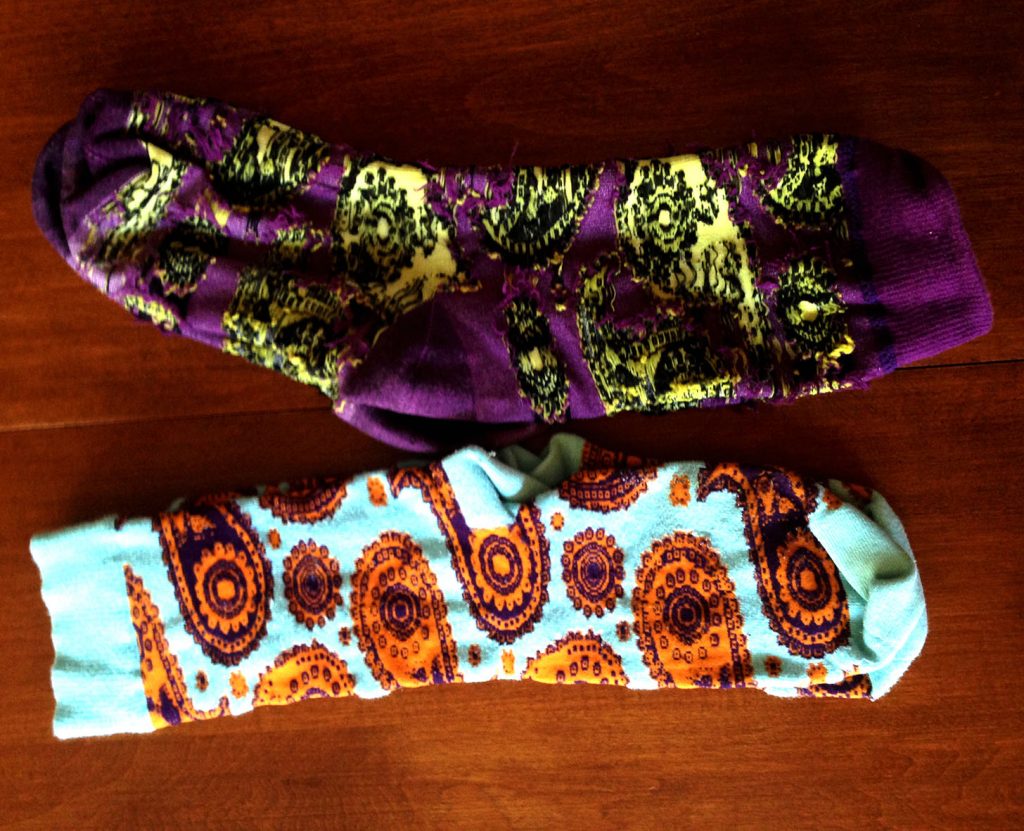
Once clothing has been worn, it gets turned inside out until washed again – this way it’s easy to tell the clean clothes from the dirty
When packing, I tightly roll everything up. The pair of jeans goes in the middle of the bag, the shirts around it, and the underwear and sock pairs squeezed into the remaining gaps. This is a huge advantage because from the moment I unzip my bag, everything is accessible to me, and I can see what it is and where it is.
I don’t use packing cubes because they end up preventing the efficiency of packing the small bundles into the unused spaces. Packaging cubes also don’t quite fit with the Tortuga’s size.
The only disadvantage of my easy access, roll-em-up, right-side-in-inside-out packing system is that it encourages wrinkles.
To deal with this issue, I have three approaches:
First, and perhaps easiest, is to simply not care.
I have no issue wearing a wrinkled t-shirt to a coworking space. Or on a sightseeing trip. When traveling, there are lots of places to put value – like the quality of the local food you sample, or the cultural artifacts you might see. Looking clean cut just isn’t high on the list of places to invest your energy.
Second is to employ wool whenever possible.
Wool is an amazing material. Hikers have been using it to their advantage for years, and it’s finally starting to see usage in the urban and corporate landscapes for something besides suits.
Wool has three main advantages over other materials. First, it deals with smell much better than other materials. This enables me to get away with wearing the same wool long underwear top in a winter climate, without a cumbersome smell. This allows me to carry one wool top to last the entire week, rather than six cotton tops. On laundry days, I just deal with the chill for a day while I wash the top.
It did take a couple of weeks to acclimate to the feeling of the shirt against my skin – at the beginning it felt greasy by day three. This feeling went away after a couple of weeks. Whether due to acclimation to the feeling, or my body adjusting to the oil in the shirt and producing less oil from my skin, I can’t say for sure.
Wool’s second advantage is that it adjusts thermally very well. It will keep you warm in the cold. But if it is warm, it will help keep you cool by enabling perspiration gracefully. For someone who moves between hot and cold climates often, wearing material that is versatilely suited for both helps immensely.
Wool’s third feature is that it is naturally wrinkle resistant. I use this to my advantage. There are a handful of brands that produce collared button down shirts made out of merino wool.
I carry two such icebreaker shirts in my arsenal. If I have important meetings, I’ll toggle between wearing these two shirts. Because they’re wool, they do well to multiple days before washing. And because they’re wool, the wrinkles shake out quickly.
Different manufactures of wool shirts give different recommendations for washing. Some abstain from comment, some say machine wash, but hang to dry. Others support a dryclean only policy (which if you’re wearing the shirt once a week to work, you’ll only need to dryclean every other month anyway).
I’ve found out the hard way that you definitely don’t want to machine dry the shirt for the same amount of time as your cottons. Laundromats do okay, but some hostels or airbnb dryers with one hour dries will shrink the shirt.
Wool dries fairly quickly; much quicker than cotton. In practice, I’ll take out my wool shirts 10-15 minutes into the drying cycle, depending on the dryer heat. They might be slightly damp, but good enough to pack – they’ll likely be fine by the time dryer cycle finishes. I found this allows me to quickly move through the laundromat and avoid the need to air dry, which in a hostel just isn’t a reasonable option.
The third method to address wrinkles is a last ditch effort. But sometimes, for a variety of possible reasons, you just need to look smart. Though few and far between, they will happen. In these cases, you can’t avoid the obvious answer – a same day drycleaner just can’t be beat.
As for the rest of my packed bag, I use the two inside mesh pockets for the miscellaneous hygiene products – fingernail clippers, toothbrush charger (I make use of a Philips Sonicare to address some teeth sensitivity issues), spare razor blades, and floss.
I also keep my earplugs and blindfold in this space. Both are indispensable to the wayward traveller, especially in a dormitory setting. I never know what conditions I might be sleeping in when I’m in an urban space, and in a dorm the light is constantly flipping on and off.
It did take a few months to adjust to sleeping with a blindfold and earplugs. But these days I do so comfortably. Sometimes I can’t even tell the dorm light is on and my dorm-mates are up and about, until I lift the blindfold for a drink of water.
Which reminds me, don’t forget the Nalgene! A water bottle is always valuable during the work day, just to stay hydrated as necessary. But the water bottle is also a great help in a dormitory setting, so there’s no need to climb out of your bunk for a drink of water in the middle of the night. Of course, if you need the restroom, a bunk departure is unavoidable.
I carry my water bottle with an s-clip, and usually clip it to my laptop bag.
Because of the variation in climates and weather, I need to be prepared for everything from a sunny 100 degrees, to 50 and pouring rain, to 10 and snowing.
This means I need winter gear, rain gear, cold weather layers, and the ability to pack all of it away so that I can sweat in the heat.
Winter coats take up a whole lot of space. I don’t have room in my bag for the coat. On the other hand, airlines allow you to bring a winter coat as an extra piece to carry-on. Often, you can stuff the coat in the overhead bin in the remaining available space.
But if it’s pouring rain, the heavy wool coat will soak up all the water. And get heavier. And smell.
To address all these issues, I use this small waterproof stuffsack for my coat. My entire coat, along with scarf, hat, and gloves, will stuff into this sack. I can tie it down and compress the air out of it to minimize the size. I keep an s-clip on it, and hook it to my bag in order to carry it around. I unhook it when I board an airplane, and usually find an unused overhead pocket to stuff it after everyone has boarded.
When I need to use the coat, I just take it out of the bag, and put the sack in one of the coat pockets!
The bag is waterproof. The top of the bag rolls down over itself to prevent water from getting inside. This seal is then covered and straps are used to pull the top down and compress the bag. Stuffsacks are used all over in camping – I got this bag at an REI. Despite it’s roots on the trail, I’ve found great use in urban travel.
I’ve had a couple of airline personnel complain that I have three carry-on bags, counting the stuffsack as a third. When this happens I quickly explain that this is my winter coat, and that I’m happy to take it out of the bag if they wish. Since the airline allows a winter coat as an extra carry-on, and unpacking the bag would hold up the hoard of people behind me trying to get onto the aircraft, I always get waved away after my explanation.
In addition to the waterproof stuffsack to cope with the rain, I wear a high quality Arc’teryx rain jacket, and keep around a couple of pack rain covers. All three of these would be considered camping equipment; I got them all at REI.
If you’re not familiar with Arc’teryx’s gear, it’s really top of the line. My rain jacket was designed for outdoor sports, and is incredibly durable, well designed, water resistant, and wind resistant, but also breathable (it allows me to sweat, and I don’t feel uncomfortable).
I also carry a 40L REI pack cover, which perfectly fits over the Tortuga (Tortuga now makes their own rain cover), and a 20L pack cover, which I use on the laptop bag (this is awkward with the strap configuration and is in need of some adjustments).
Probably not the best setup for extended periods in torrential rain, but it does pretty well for traveling around in rainy conditions.
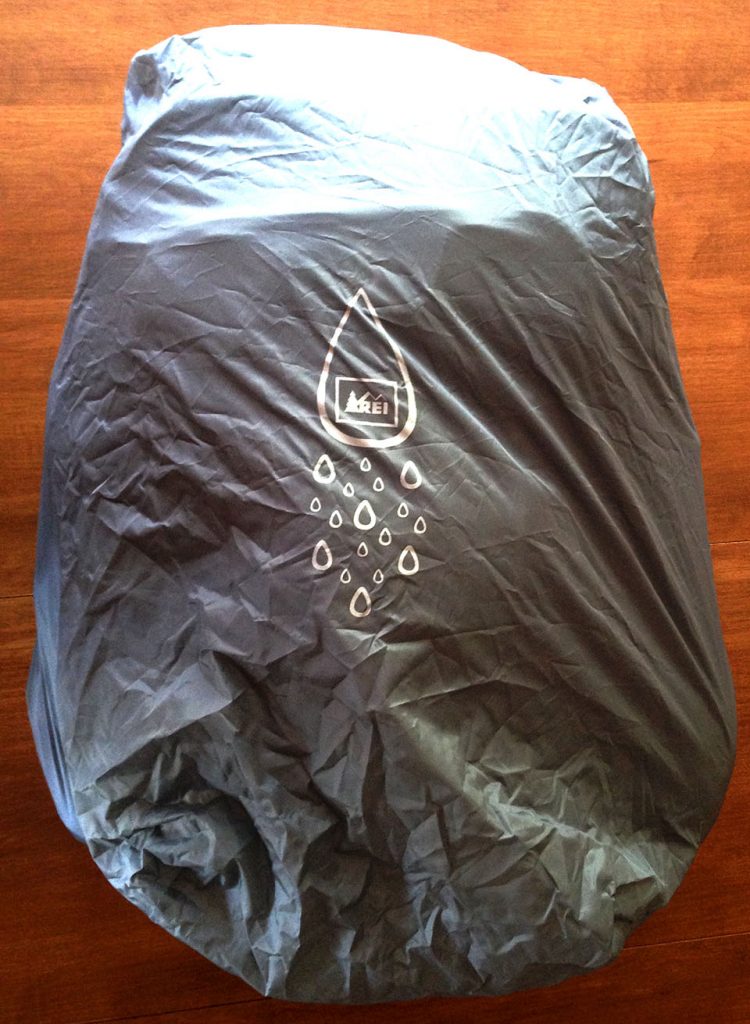
The 40L raincover fits well on the Tortuga – Tortuga now makes a custom cover for their bags (REI 40L pictured)
I only travel with two pairs of shoes. The flip flops are $3 and necessary for public shower situations. Whether you’re showing in a hostel dorm, a truckstop shower (which are often nicer than some of the hostel showers), or a college dormitory, showering in footwear is just a good, hygienic idea.
The other pair of shoes I wear are a pair of timberland rolltops. Timberlands have an urban chic quality to them. They’re also boots, so they handle the snow (or a hike) quite well. I’d prefer sneakers, but need the all-weather versatility. They look great, and have been very dependable in the elements. They also keep my feet dry, which is incredibly important in the snow.
If I could, I would carry around a pair of trainers as well, so I could go for a jog, or find some other opportunity for exercise. But an extra pair of shoes take up a lot of space, and it’s just not worth it.
For exercise, my next best option these days is walking, and lots of it. I try to walk home from work to wherever I’m staying, typically amounting to 2-4 miles of walking daily. Not ideal as far as exercise, but it’s a compromise I make at the moment.
And that’s just about it. That pretty much defines my life, in terms of the things that I carry with me. It doesn’t nearly hold the cultural significance of a Tim O’Brien novel, nor do I wear the cultural magnitude of Tim O’Brien cut-off shorts. But sometimes, I suppose, laundry isn’t revolutionary.
Not every day in life is as profound as the others. Some, like this post, are more mundane. But as with all days, it brings us forward, as one day before the other. And with a packed bag, and boots on my feet, I step out into the world to carry the week anew.
